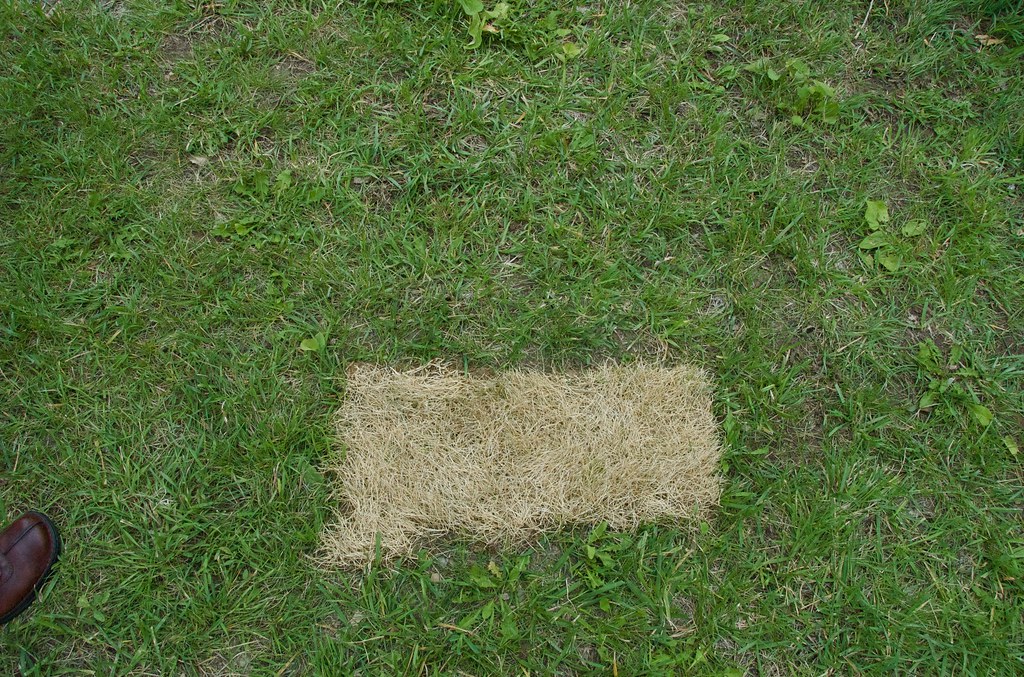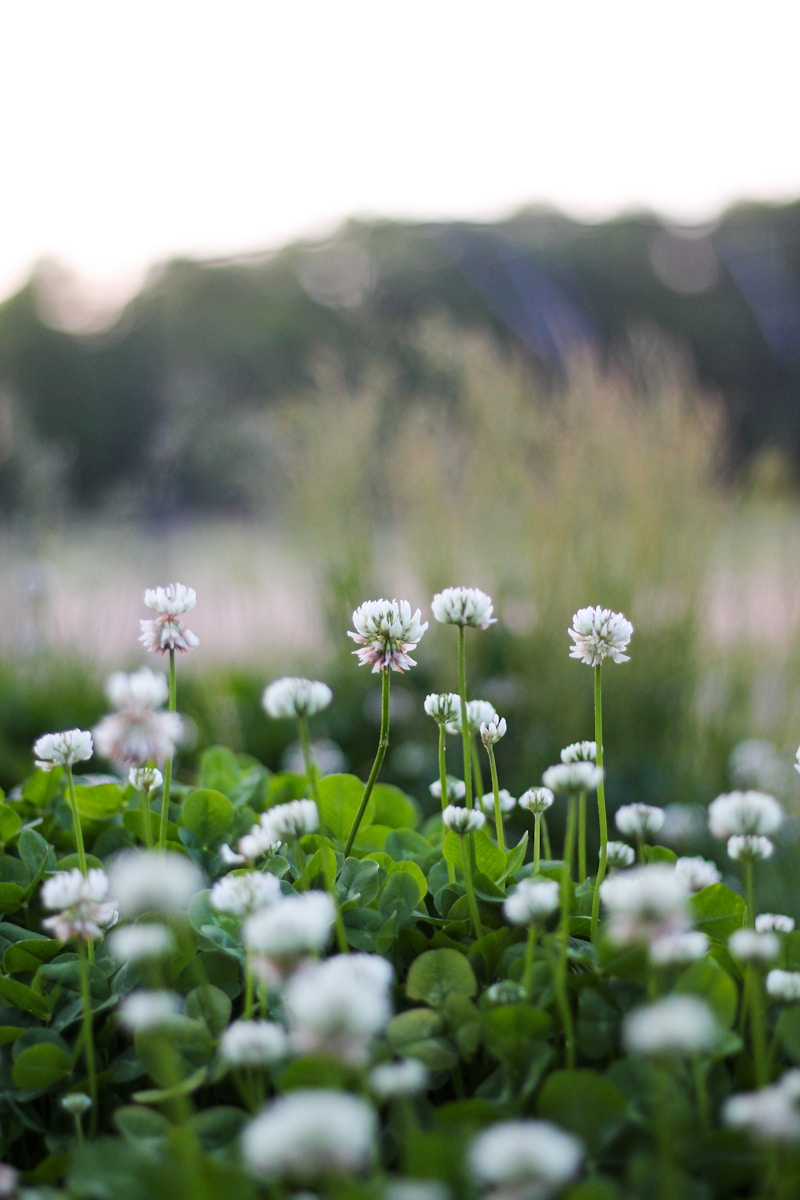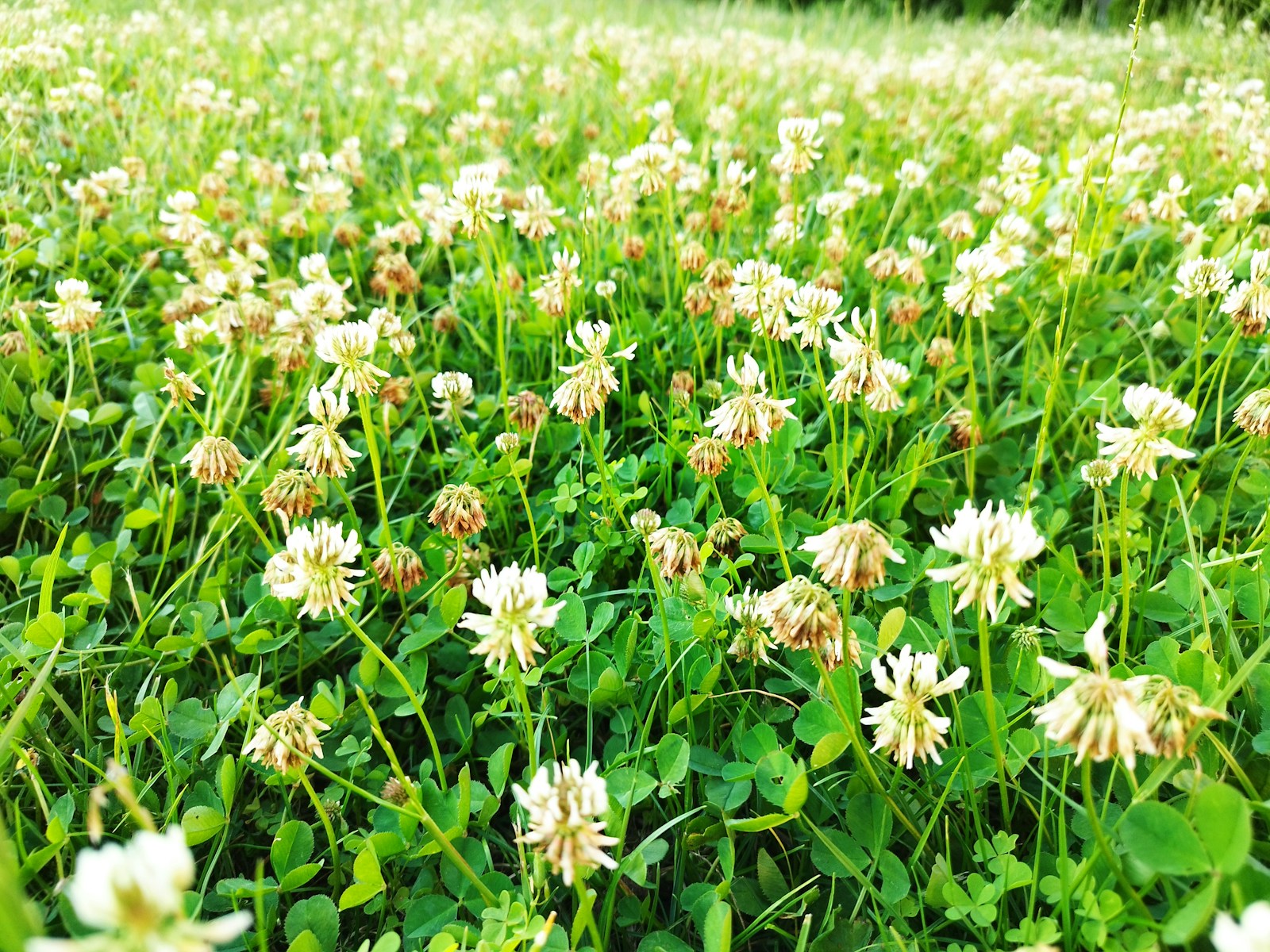If you’re staring at your lawn and wondering why it looks more like a quilt of green and brown than a lush carpet of grass, you’re not alone. Patchy grass is a common headache for homeowners, but the good news is that you can fix it naturally—no harsh chemicals or expensive overhauls required. In this guide, we’ll show you how to fix patchy grass naturally, step by step, so you can reclaim your lawn and enjoy a greener, healthier yard.
Why Does Grass Become Patchy?
Before diving into the fixes, it’s essential to understand the root causes of patchy grass. Knowing the “why” helps you tackle the “how” more effectively.
- Compacted Soil: Soil that’s too dense makes it hard for grass roots to grow and absorb nutrients.
- Improper Watering: Too much water can lead to root rot, while too little causes grass to dry out.
- Over-Fertilization: Excess fertilizer can “burn” your lawn, leaving patches.
- Pet Spots: Urine from dogs and other pets often creates dead zones.
- Shading Issues: Grass struggles to grow in areas with insufficient sunlight.
- Poor Soil Health: Soil lacking essential nutrients can’t support healthy grass growth.
Step 1: Diagnose the Problem
Start by identifying what’s causing the patches in your lawn. This can save you time and effort by ensuring you’re addressing the right issue.
- Check Soil Compaction: Stick a screwdriver into the soil. If it’s difficult to penetrate, your soil is likely compacted.
- Inspect Drainage: Observe after rainfall. Puddles indicate poor drainage.
- Look for Grubs or Pests: Dig a small patch of turf. Finding more than five grubs per square foot suggests a pest problem.
- Analyze Sunlight Patterns: Notice if patches align with shaded areas from trees or structures.
Step 2: Aerate the Soil
Compacted soil is a common culprit behind patchy grass. Aeration involves perforating the soil to allow air, water, and nutrients to penetrate deeper.
- When to Aerate: Perform this in the fall or early spring.
- How to Aerate: Use a manual core aerator for small yards or rent a motorized aerator for larger areas.
- DIY Tip: If you’re short on tools, even poking holes with a garden fork can help in a pinch.
Step 3: Reseed the Bare Spots
Reseeding is one of the most effective ways to fill in patches. Here’s how to do it naturally:
- Choose the Right Grass Seed: Select a seed blend that matches your lawn’s conditions (e.g., shade-tolerant grass for shady areas).
- Prepare the Soil: Rake the patchy area to remove debris and loosen the soil.
- Spread the Seeds: Distribute evenly, following the recommended seed rate on the package.
- Cover with Compost: Lightly topdress with a thin layer of compost to protect the seeds and provide nutrients.
- Water Gently: Keep the area moist but not waterlogged until the seeds germinate.
Step 4: Improve Soil Health Naturally
Healthy soil is the foundation of a vibrant lawn. Enhance your soil’s quality with these natural methods:
- Add Organic Matter: Incorporate compost or aged manure into the soil.
- Use Lawn Clippings: Leave grass clippings on the lawn after mowing to act as a natural fertilizer.
- Apply Natural Fertilizers: Use products like bone meal, fish emulsion, or seaweed-based fertilizers.
- Test and Amend Soil: Conduct a soil test through your local agricultural extension office and adjust pH or nutrient levels as needed.
Step 5: Adjust Watering Habits
Watering incorrectly can exacerbate patchiness. Follow these guidelines for optimal hydration:
- Water Deeply, Not Frequently: Aim for about 1 inch of water per week, applied in one or two deep sessions.
- Early Morning Watering: Watering before 9 a.m. minimizes evaporation and fungal risks.
- Use a Rain Gauge: Track rainfall to avoid overwatering.
Step 6: Manage Pets and Traffic
If your patchy grass is caused by pets or foot traffic, take these steps:
- Create Pet Zones: Train pets to use a designated area of the yard.
- Dilute Urine Spots: Pour water over spots where pets urinate to dilute nitrogen.
- Add Walkways: Install stepping stones or gravel paths to redirect foot traffic.
Step 7: Combat Pests and Diseases Naturally
Pests and fungal diseases can wreak havoc on lawns. Use these natural remedies:
- For Grubs: Apply beneficial nematodes to the soil to eliminate grub infestations.
- For Fungal Issues: Use a baking soda and water solution as a natural antifungal spray.
- Encourage Beneficial Insects: Ladybugs and predatory beetles can control pests.
Step 8: Promote Growth with Mulching and Composting
Mulching and composting can boost soil health and retain moisture:
- Mulch Grass Clippings: Let them decompose on the lawn to add organic matter.
- Compost Yard Waste: Use leaves and kitchen scraps to create a nutrient-rich compost.
Step 9: Troubleshoot Common Mistakes
Avoid these pitfalls when fixing patchy grass naturally:
- Mistake 1: Overseeding without addressing soil issues.
- Mistake 2: Using too much compost, which can smother seedlings.
- Mistake 3: Neglecting consistent watering during germination.
Step 10: Sustainable Lawn Maintenance Tips
Once your lawn is patched and healthy, maintain it naturally:
- Mow High: Keep grass at 3-4 inches to encourage deeper roots.
- Rotate Mowing Patterns: Avoid compaction by varying mowing directions.
- Use Natural Weed Control: Apply corn gluten meal as a pre-emergent weed suppressant.
Case Study: A Lawn Makeover in Austin, Texas
Jane, a homeowner in Austin, noticed her lawn had become patchy after years of drought and pet activity. She aerated the soil, used a mix of Bermuda and fescue seeds, and incorporated compost. Within two months, her lawn transformed into a lush, green space—all without chemical fertilizers.
Table: Natural Solutions for Common Lawn Problems
| Problem | Natural Solution | Time to See Results |
|---|---|---|
| Compacted Soil | Aeration | 2-4 weeks |
| Pet Urine Spots | Water dilution and reseeding | 1-2 months |
| Shady Areas | Use shade-tolerant grass seed | 6-8 weeks |
| Grub Infestation | Beneficial nematodes | 3-4 weeks |
| Nutrient Deficiency | Compost and natural fertilizers | 4-6 weeks |
Final Thoughts
Fixing patchy grass naturally requires time, patience, and a commitment to sustainable practices. By focusing on soil health, proper watering, and natural remedies, you can create a lush, green lawn without resorting to harsh chemicals. Whether it’s a small patch under a tree or a large area ravaged by pets, these methods offer a reliable path to lawn recovery.



